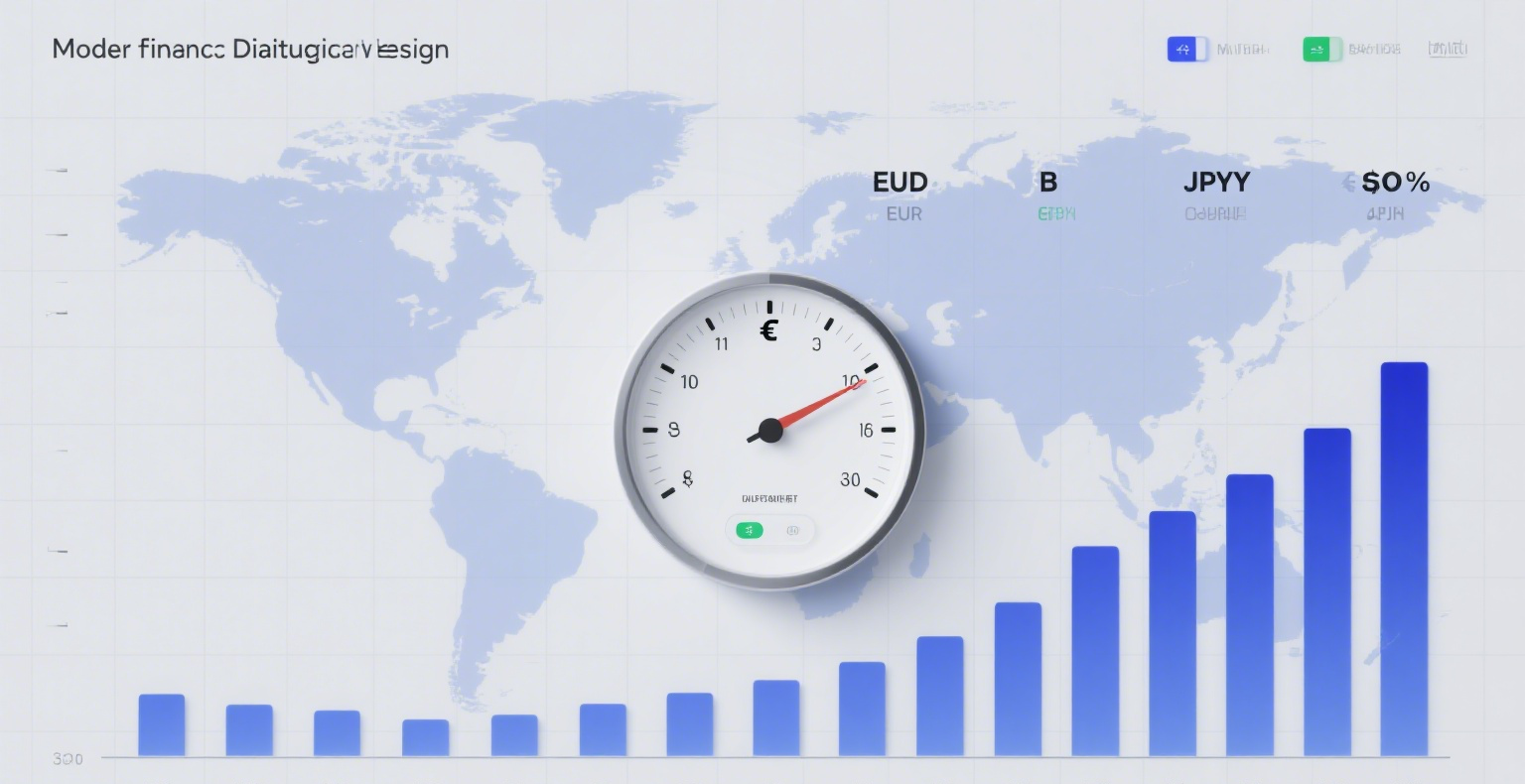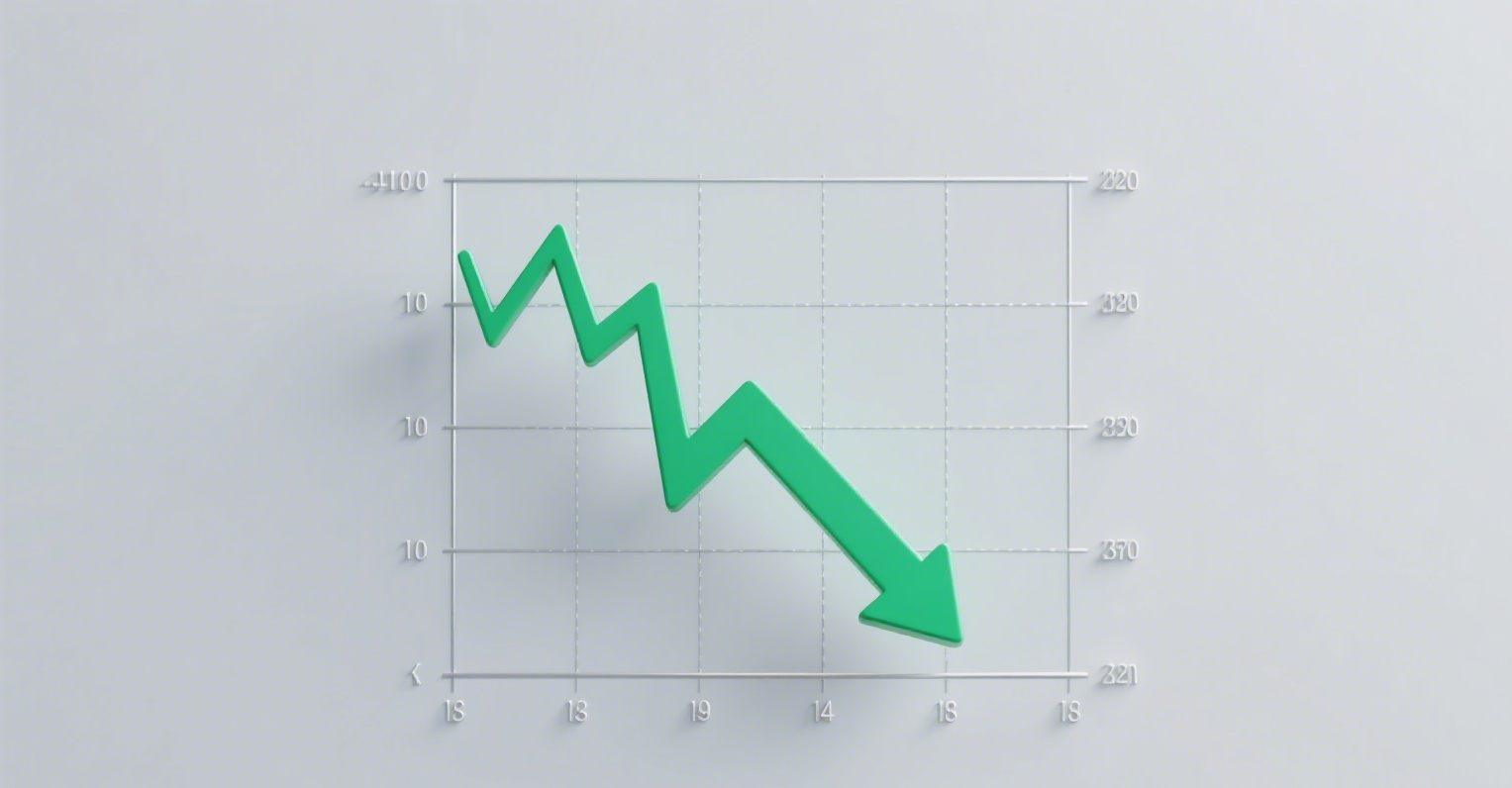
Many investors use broad-based index products like the CSI 300 to share in the long-term growth of the economy. Analyzing historical data of these broad-based indexes reveals that the driving forces behind index fluctuations differ depending on the investment horizon.
In the long run, broad-based indexes primarily profit from corporate earnings growth.
Simply put, the development of corporate fundamentals determines the long-term performance of an index. Investment returns almost entirely depend on the profits and dividends created by companies, while the impact of valuation changes is often unsustainable.
Therefore, earnings trends dominate the long-term trajectory of an index and serve as the core of its price fluctuations. When analyzing, investors should focus on earnings metrics such as Return on Equity (ROE) and Earnings Per Share (EPS). During an upward earnings cycle, consider increasing allocations; during a downward cycle, consider reducing allocations to capitalize on rising earnings.
In the short term, indexes profit more from valuation increases, while in the medium term, both valuation and earnings are equally important.
Fluctuations in market sentiment lead to undervaluation and overvaluation of stock prices. Financial markets exhibit mean reversion—simply put, when index valuations are too high, "valuation compression" is likely to occur, and when valuations are too low, a "catch-up rally" may follow.
In the short term, indexes are significantly affected by valuation fluctuations. Thus, when investing, pay attention to valuation metrics, such as historical percentile rankings or the current valuation relative to ±1 standard deviation. Investing when valuations are high carries the risk of a pullback, while allocating at lower valuations increases the probability of success.
What Should You Pay Attention to When Investing in Sector-Themed Indexes?
Investment returns from sector-themed indexes also stem from earnings growth and valuation increases, but their performance is often closely tied to the industry's life cycle. The rise in earnings of index constituents reflects the broader trend of rapid industry development.
Therefore, when analyzing a sector-themed index, it's crucial to grasp the overarching trends in the industry.
The industry life cycle can be divided into the introduction phase, growth phase, shakeout phase, leader advancement phase, and leader dominance phase. Each stage has different driving forces and performance divergences. A review of the A-share market shows that industries experiencing rapid growth and widening moats often perform well.
For investors looking to analyze industry trends and identify investment opportunities, year-on-year net profit growth is a key "compass." This metric can help determine the industry's life cycle stage. When net profit growth accelerates sharply, industry-level investment opportunities may arise.
Additionally, when analyzing sector-themed indexes, pay attention to the synergy between valuation and earnings.
When evaluating sector-themed index valuations, consider the rationality of valuations in conjunction with earnings. This is because when an industry is growing rapidly, the market typically has high expectations for its future and assigns higher valuations. Historical analysis of Shenwan's primary industries shows that even when valuations are above the 60th percentile over the past five years, short-term gains are still possible.
Specifically, when both valuations and net profit growth rise simultaneously, stock prices experience a "Davis Double Play." Investors extrapolate high earnings growth linearly, and the market remains tolerant of high valuations. However, when earnings growth declines, the market's tolerance for high valuations may weaken, leading to "valuation compression" risks.
In summary, when analyzing the investment value of an index, long-term investors should focus on the fundamentals of the index constituents. Historical data shows that index investment returns largely depend on corporate profits and dividends. When the long-term market trend is upward and corporate revenues and earnings grow steadily, the corresponding index will rise accordingly.
Short-term investors should also watch for disturbances like market sentiment. When sentiment is overheated, investors should be wary of risks; when it is overly pessimistic, they may consider entering at low levels and waiting for sentiment to recover.
















